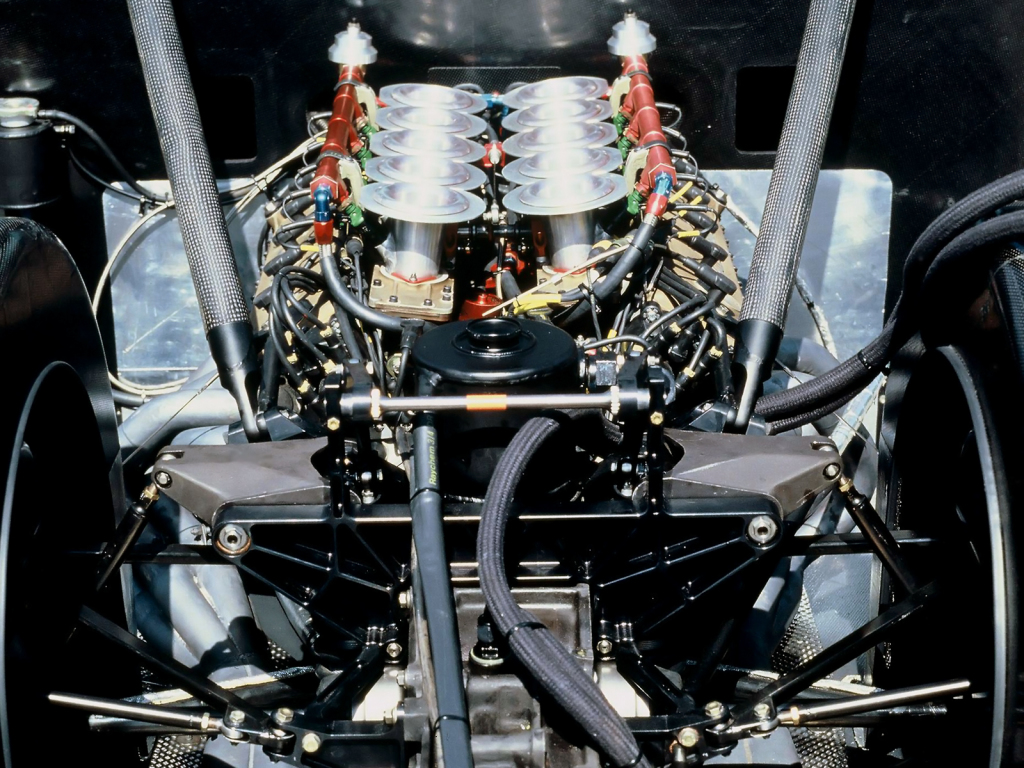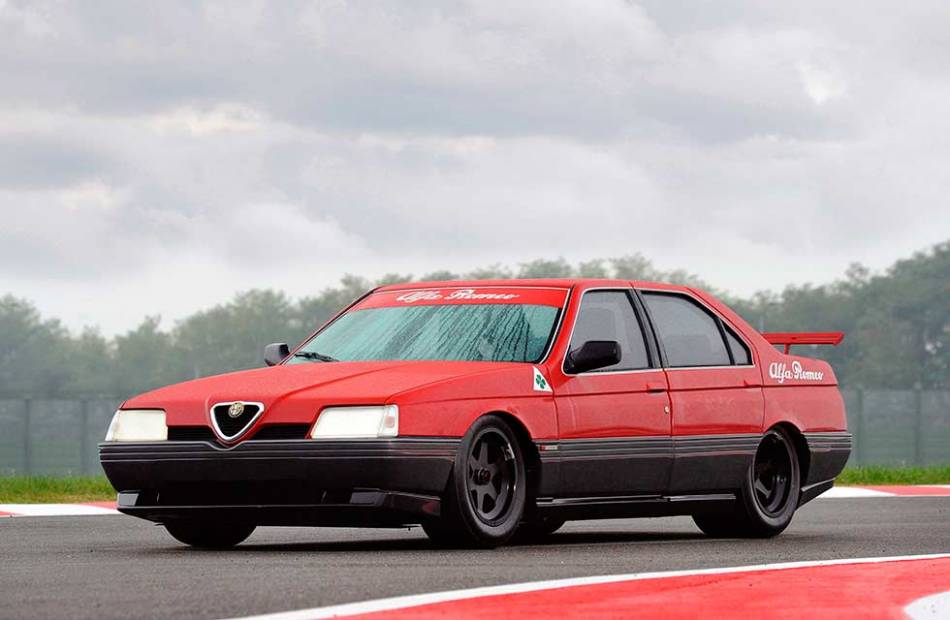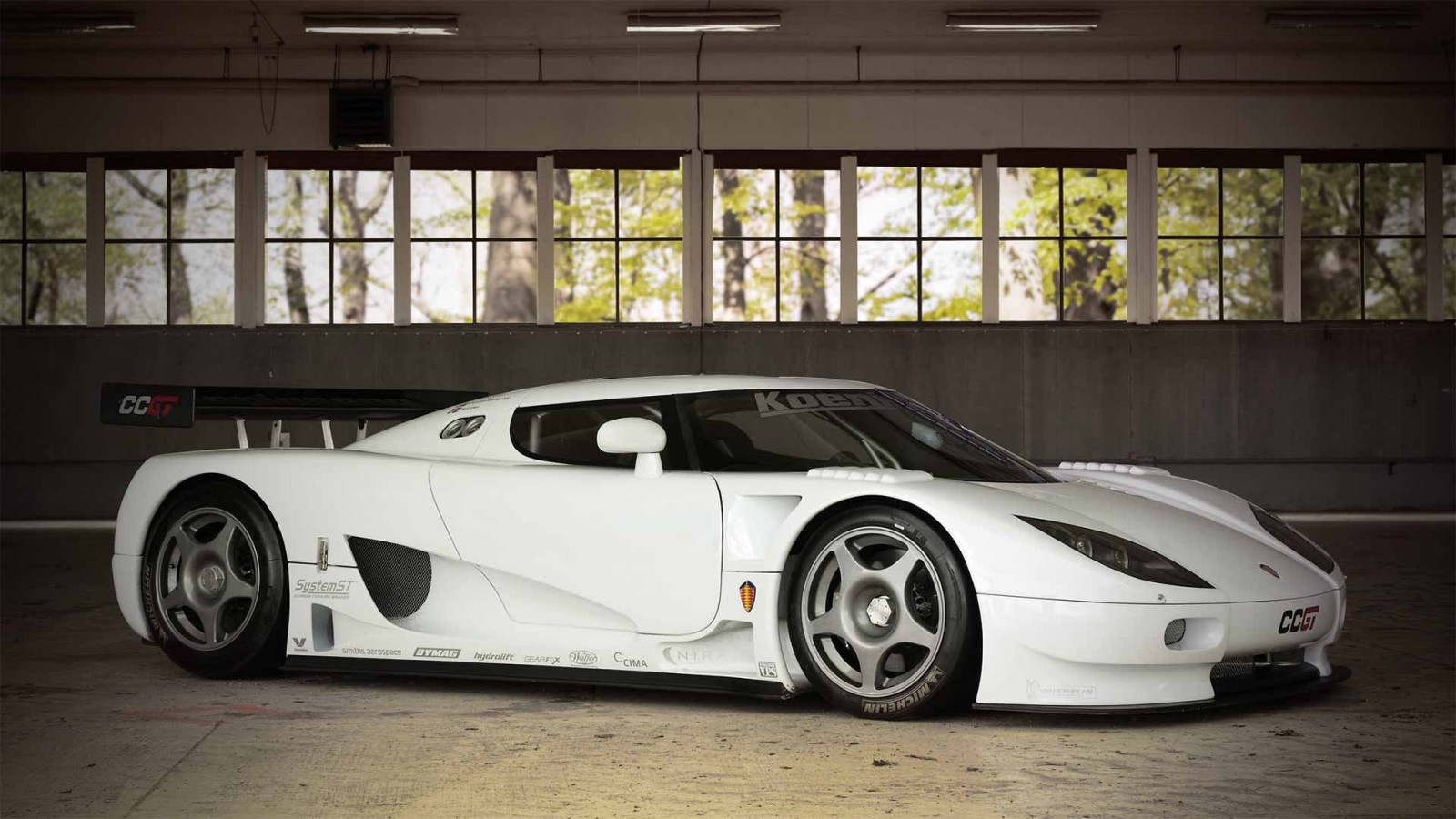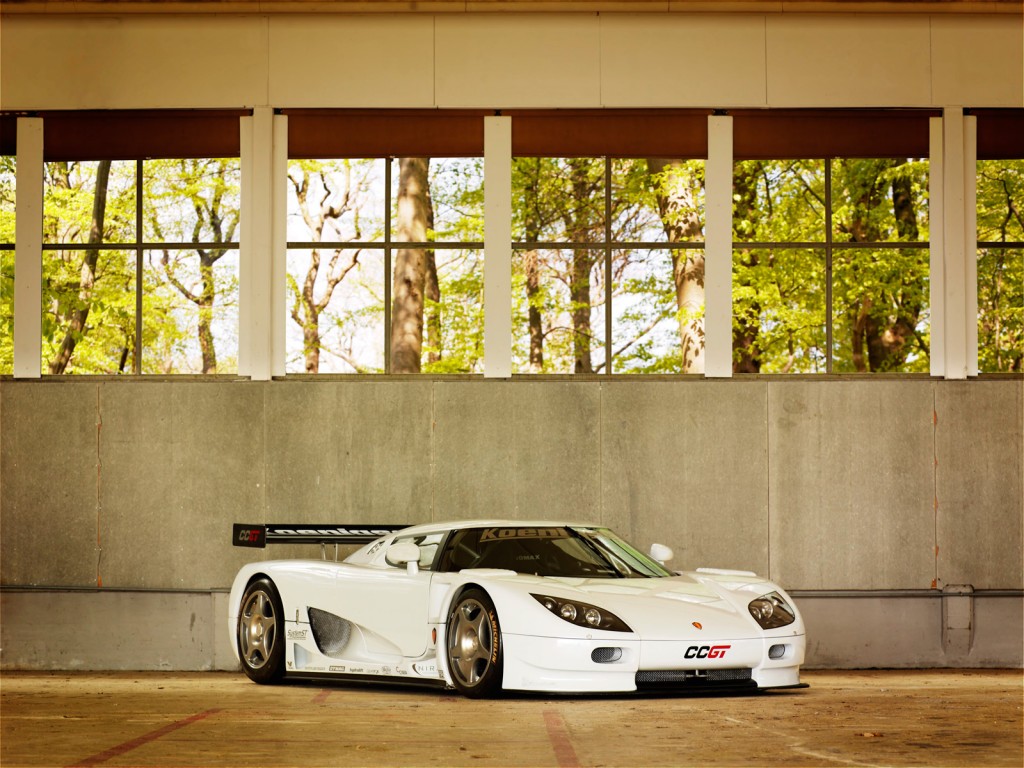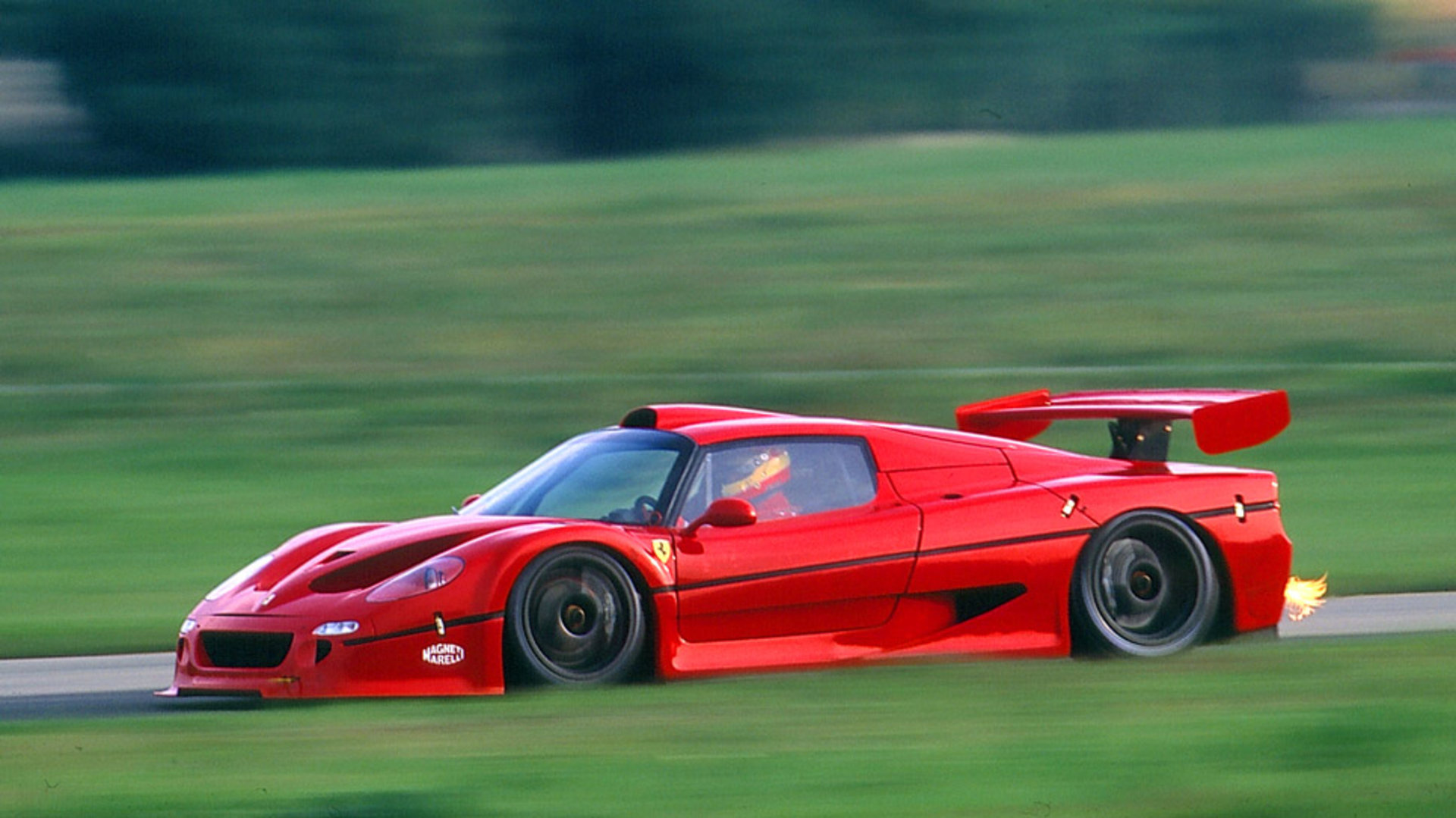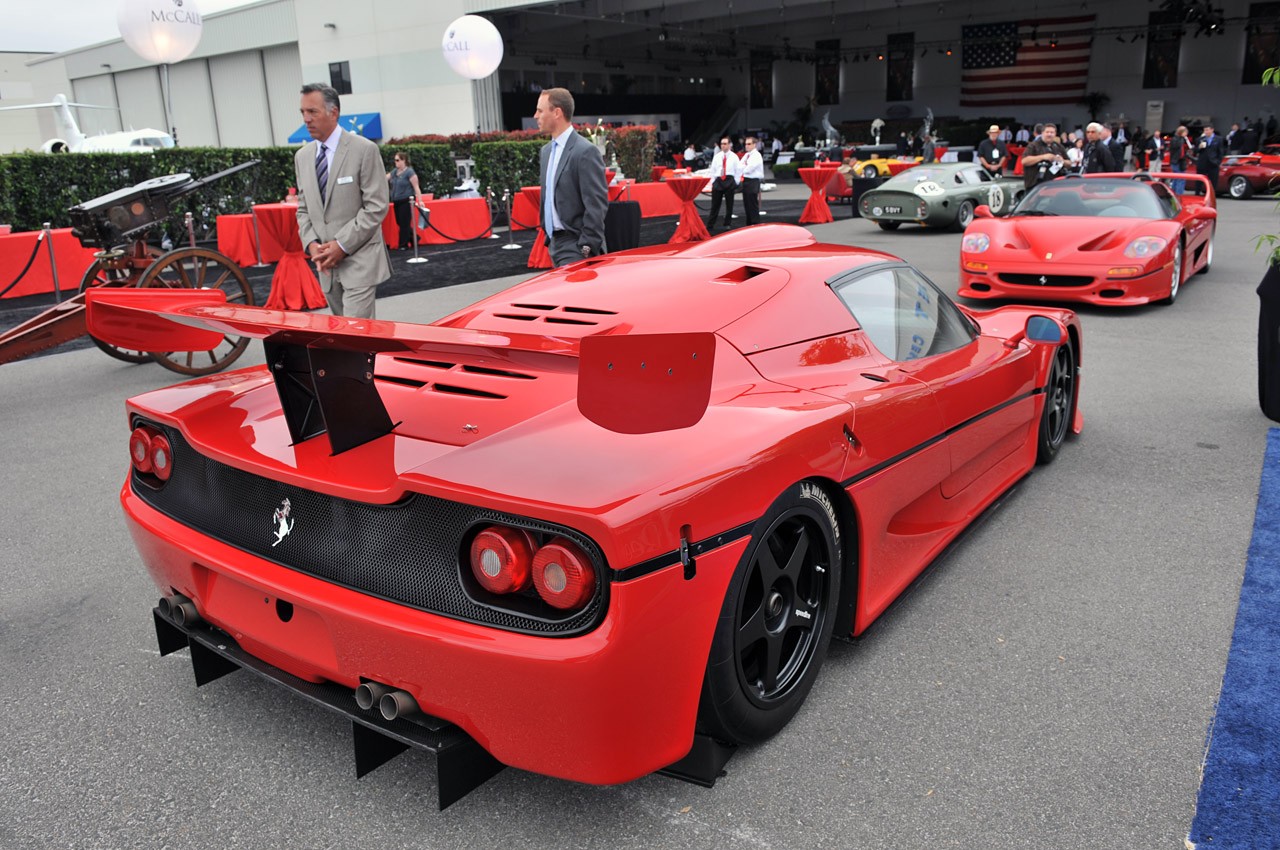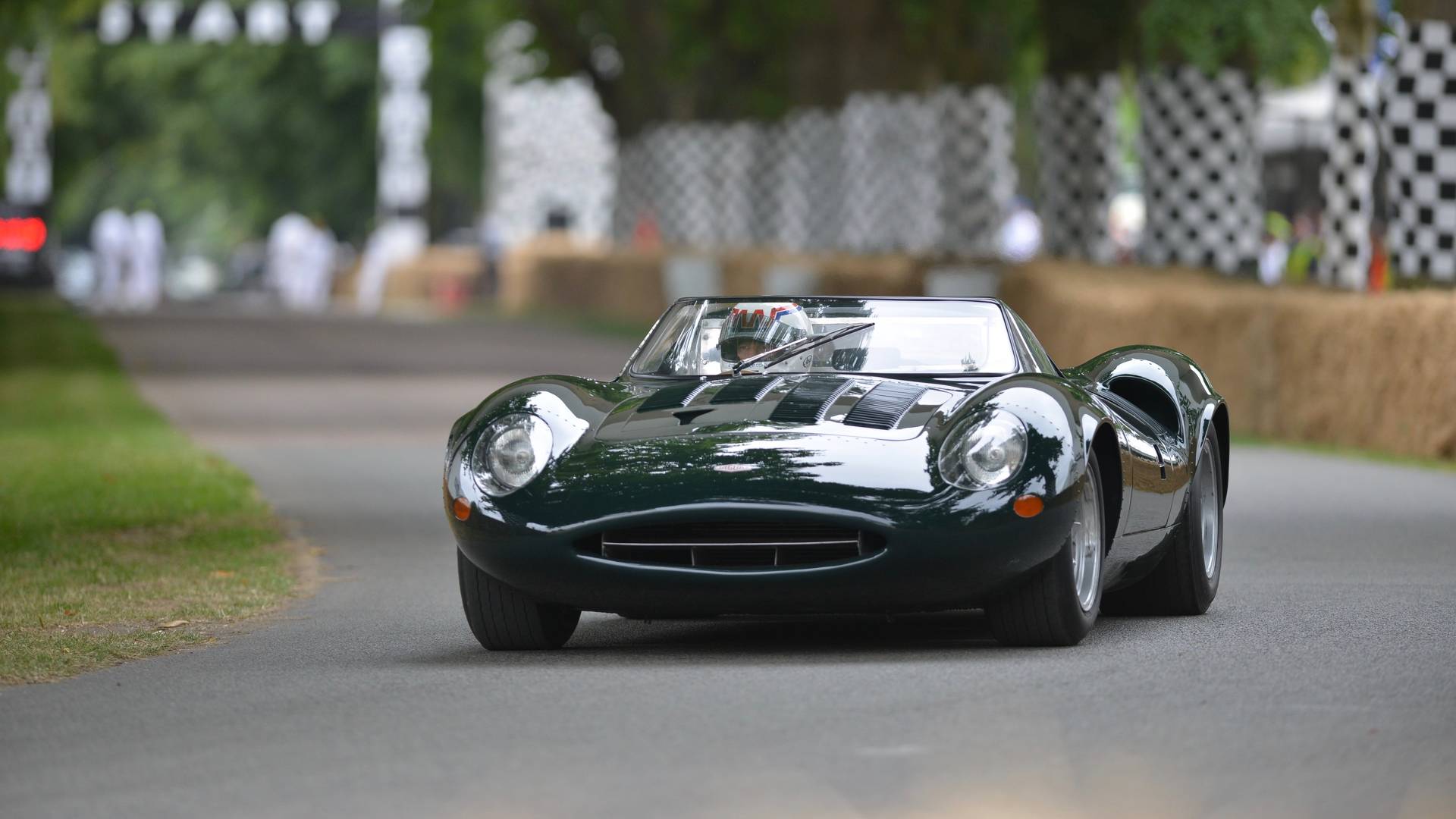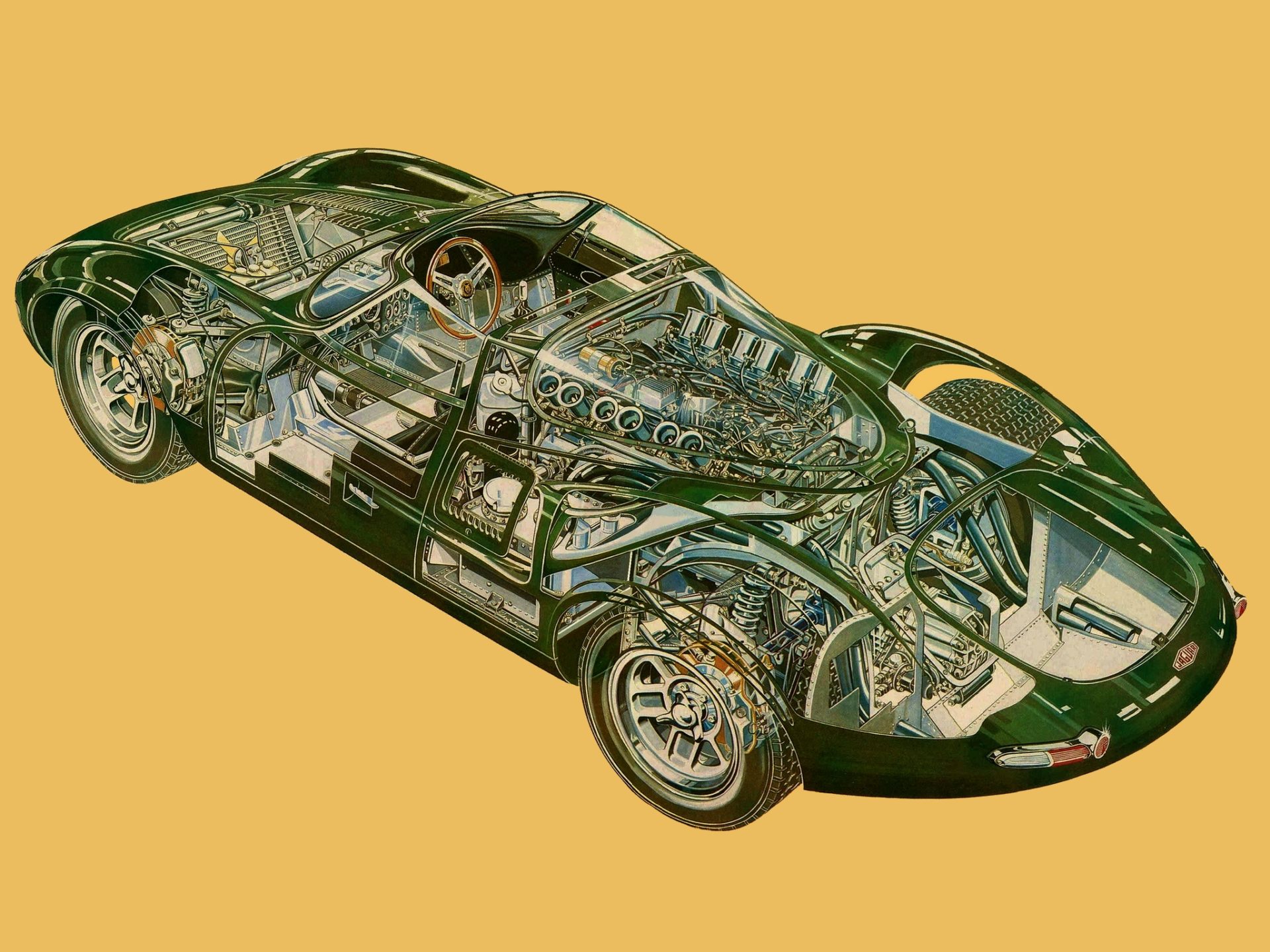Some of the Greatest Race Cars… That Never Raced
It could have been magic… But it didn’t.
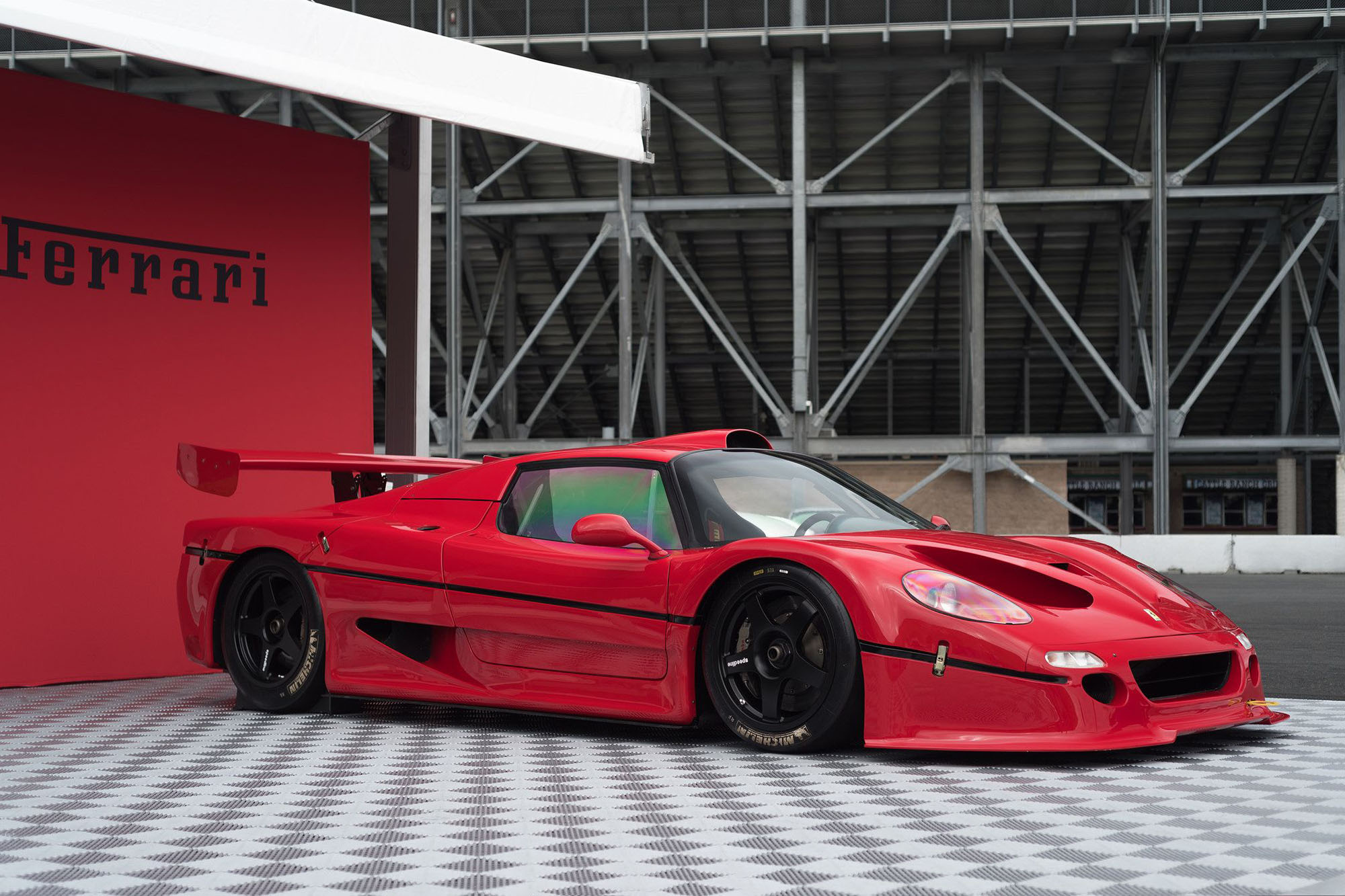
Throughout every era of racing, some iconic machines have cemented themselves in the collective memories of all us, Petrolheads. But for all cars that garnered fame, whether through overcoming insurmountable odds, or perhaps declassing the rest of the competition, there are those that showed great potential, only to be killed off before they had their chance. Today’s episode is a celebration of the ‘what-could-have-been’ category of race cars, as we take a look at an incredibly interesting line-up of cars!
In most cases here, changes in the rules and regulations killed off these projects before they had their time to shine. Being at various stages of development, some a mere running test mule while others are full-fledged, ready to roar racing machines, they all had great potential of doing great things in their specific field of racing.
1988 Alfa Romeo 164 ProCar
The racing series this Alfa Romeo was built for had a very simple recipe; build a racing chassis, fit an actual F1 engine, drape it with the shell of a rather mundane road car, and send it on its way. It 3was the brainchild of Bernie Ecclestone in the mid-eighties, then already at the helm of Formula 1 as its owner and manager. He singlehandedly made the sport into the multi-million dollar marketing powerhouse it is today, but he had some ideas that were destined for nothing more than the trash bin.
Following the short-lived but rather entertaining and prolific ProCar series in 1979 and 1980, a single make Formula 1 support series fielding BMW’s iconic M1 ProCar only, Bernie had the brilliant idea to announce a silhouette racing class; Formula S. As said, power would come from an F1 engine but the cars would look like something you and I could drive down the road. And that is where the Alfa Romeo 164 ProCar comes into play. At that time, Alfa Romeo had developed a V10 engine according to F1 specifications and through Fiat had just bought chassis manufacturer Brabham (from former owner Bernie Ecclestone, mind you). The engine produced around 600 horsepower and the car’s total weight was only 750 kilos, which meant a zero to 100kph of just over 2 seconds and a top speed of well over 320kph.
Italians have a bit of a reputation of not thinking stuff through every now and then, as the 164 ProCar’s history shows. No other manufacturer took up the challenge, and in an attempt to raise interest for the future racing series Alfa Romeo did a demonstration of the car at Monza, but fitted it with old Michelin’s so F1 ace Ricardo Patrese could only push on the straights. Needless to say, their attempt failed and the racing series was binned, leaving Alfa Romeo with a rather fast, expensive but utterly useless machine.
More information on the brutishly fast Alfa Romeo 164 ProCar can be found at drivetribe.com here.
2007 Koenigsegg CCGT
Koenigsegg is one of those very rare brands that came out of nowhere, did something very different, and found their place in the supercar market. You could even argue that Koenigsegg is one of the contributors to the super exclusive hypercar class. A category of extremely fast, exclusive and expensive cars.
Christian von Koenigsegg has set himself a goal to produce the best car he possibly can and tries to develop as much as possible themselves. From the earliest prototype car, the Koenigsegg CC, the design lineage is very obvious. Where the first models were fitted with a V8 sourced from Audi, the quest for performance and attention to detail led to the development of their own powerplant. And powerplant is a fitting term as the most powerful models produced well over 1.000 horsepower.
That first-ever Koenigsegg was followed by the CC8S, the CCR and the car I’m interested in right now; the CCGT. Racing was always part of the design philosophy for Christian von Koenigsegg. That is also the reason why the road cars would fit within ACO regulations to compete at Le Mans for instance. Maximum width of the car, minimum width of the cockpit and so on, all to comply with GT1 class racing at the time. Being the perfect foundation, the transformation of a road-going Koenigsegg into the CCGT racer was quite effortless.
The car was in development for several years and is based on the CCR, but also had design features and parts from the CCX. An in-house developed 5.0 litre V8 produced an ACO regulated 600bhp and the car weighed less than a metric ton, not considering any ballast due to regulations. On paper, all looked very promising! Just as Koenigsegg was putting the CCGT through a series of tests, the ACO changed the rules and that rendered it obsolete. The minimum number of production cars on which a GT1 competitor was based on rose from 20 over multiple years to 350 cars per year. Something the small Swedish company simply couldn’t achieve, ever.
More details on the car on Koenigsegg.com.
1996 Ferrari F50 GT
We all know the Ferrari F40, and probably even its racing siblings F40 GTE and F40 LM. The car celebrated the 40th anniversary of the Ferrari brand (hence the 40) and was the last car ever given the approval by the master himself, Enzo Ferrari. Ten years later, Ferrari decided to repeat the process for their 50th anniversary. The result was the Ferrari F50. A carbon fibre tub, fitted with a Formula 1 derived V12 engine mounted to it as a structural component and a curvaceous body with once again a huge, fixed wing on the back.
Ferrari had developed the F40 GTE and LM to compete in GT style endurance racing and even though it was a very capable machine, by the early nineties it was outclassed by the McLaren F1 and Mercedes CLK-GTR. To once again try and reclaim the top spot in GT racing, Ferrari decided to turn their highly limited thoroughbred into a race car, and the F50 GT was born. The engine was tuned to produce a monstrous 750bhp, about 200 more than the street-legal F50. Weight was saved everywhere they could and the body was redesigned for optimal performance. During testing, Ferrari works driver Nicola Larini lapped the F50 GT faster than the Ferrari 333SP prototype racer, which is impressive for a GT car!
In this clip where the Ferrari F50 GT is being driven, hard, at the Yas Marina Formula 1 circuit in Abu Dhabi. And if it is onboard footage only, it does give a hint at how spine-tingling driving this car must be. Only three were built and once again changes in regulations led to the car not being eligible to compete in the class it was built for. Three cars have been built and all have remained, occasionally shown to the public at various motorsport events.
More details on the history and performance of the Ferrari F50 GT on The Collectors Circle.
1966 Jaguar XJ13
The final car I want to mention is the Jaguar XJ13, for multiple reasons. It is perhaps the most famous race cars that never competed out of the bunch, but it is also one of the most striking looking things on the planet. Beautiful and aggressive at the same time, with a glass canopy covering a gorgeous V12 engine, mounted in the back for the first time ever in a Jaguar.
The build on the car started in 1965 but it took engineers until march of the following year to complete it. Bureaucracy and internal politics shelved the project for well over a year as Jaguar boss Sir William Lyons didn’t want any of it while he was working towards a merger with British Motor Corporation to follow later that year. The Jaguar XJ13 would run in the prototype class at Le Mans and the men behind it had developed a hugely powerful 5.0 litre V12 for it. The engine produced 472 horsepower and the car held the lap record for the 2.82-mile MIRA track in the UK for over 30 years, only to be beaten by the McLaren F1 by only a small margin. That goes to show as to what could have been, had the XJ13 had its chance to compete.
It would have raced against the Ford GT40, Porsche 917K and Ferrari 330 P4 if it weren’t for those pesky rule changes again. From 1967 onwards though, Le Mans’ governing body, the ACO, decided that prototype race cars like the XJ13 were to be fitted with engines with a maximum capacity of 3.0 litres. Once again, this killed off a truly inspiring project! The car was never shown to the public and stored somewhere in a Jaguar facility until 1971. That year Jaguar decided to film it while once again driving the MIRA track. Driver Norman Dewis was behind the wheel when a wheel collapsed, sending the car into the infield, rolling several times and ending up heavily damaged. The engine and gearbox remained unscathed through and by 1973 a full rebuild was completed. The car is still regularly shown and driven by Jaguar Heritage Trust at public events like the Goodwood Festival of Speed.
MotorTrend has a very detailed analogy on the Jaguar XJ13, including a very cool video where the car is driven around a track:
Of course, being a truly unique car makes it a rather pricey one too, if it comes up for sale or auction at all. Luckily, if you’re interested, a UK based company known as Building the Legend will sell you a highly accurate replica although the engine is a slightly bigger V12 than the original, of which only one exists. Still won’t be cheap, but less impossible to get your hands on as the actual Jaguar XJ13 ever will be!



